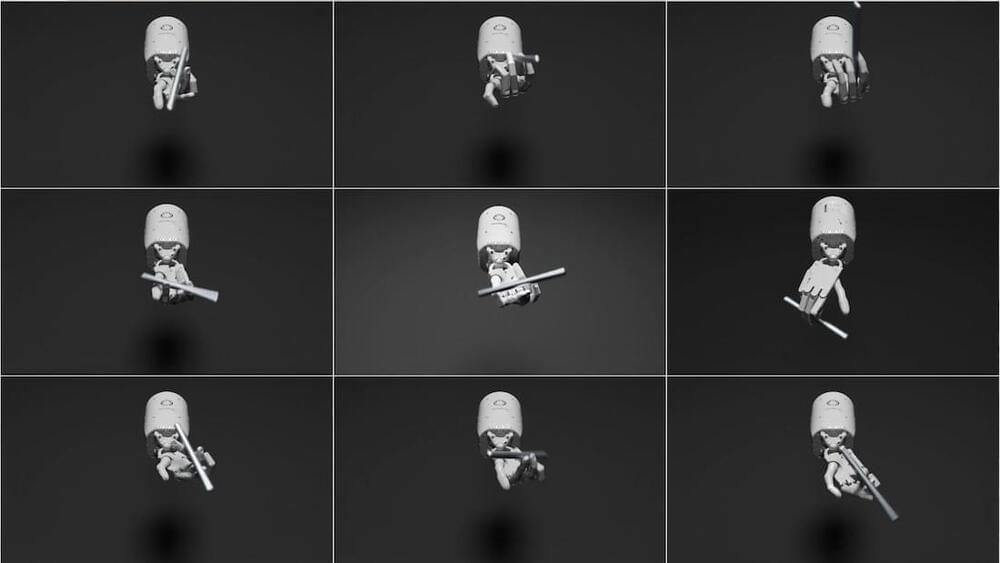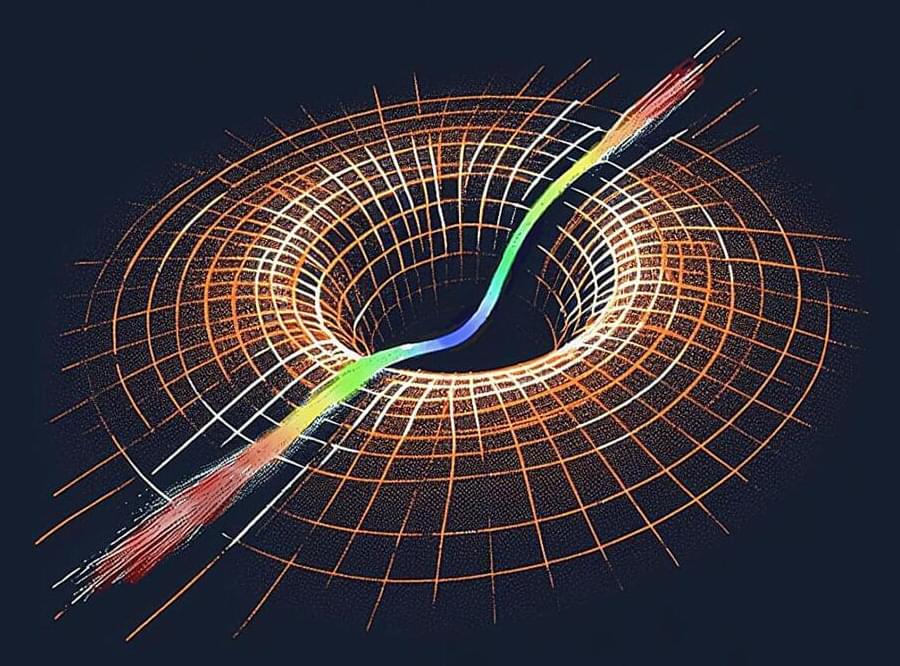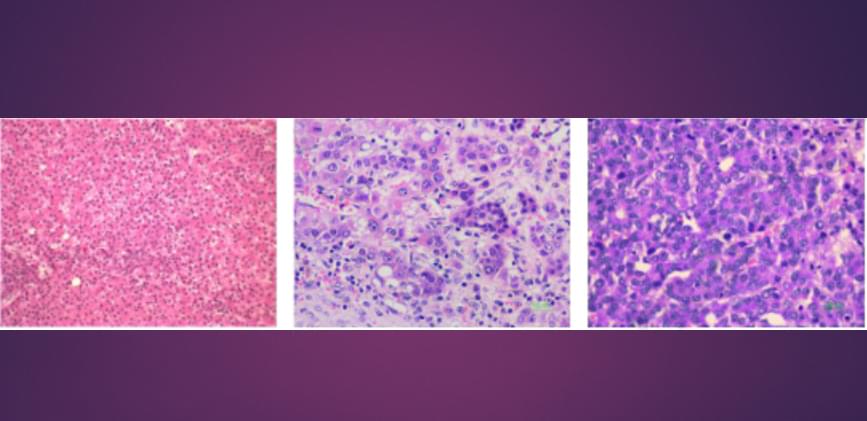Oct 24, 2023
Finding flows of a Navier–Stokes fluid through quantum computing
Posted by Quinn Sena in categories: computing, information science, quantum physics
face_with_colon_three This looks awesome :3.
There is great interest in using quantum computers to efficiently simulate a quantum system’s dynamics as existing classical computers cannot do this. Little attention, however, has been given to quantum simulation of a classical nonlinear continuum system such as a viscous fluid even though this too is hard for classical computers. Such fluids obey the Navier–Stokes nonlinear partial differential equations, whose solution is essential to the aerospace industry, weather forecasting, plasma magneto-hydrodynamics, and astrophysics. Here we present a quantum algorithm for solving the Navier–Stokes equations. We test the algorithm by using it to find the steady-state inviscid, compressible flow through a convergent-divergent nozzle when a shockwave is (is not) present.
















